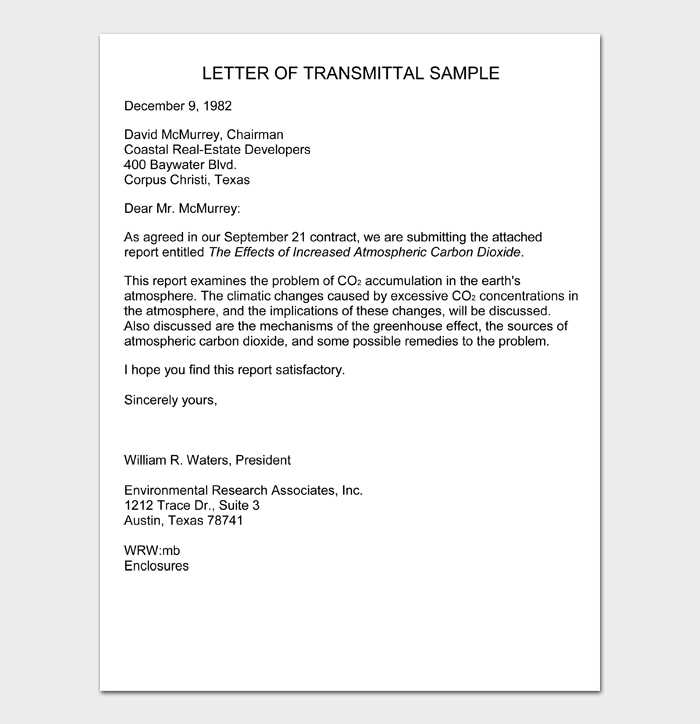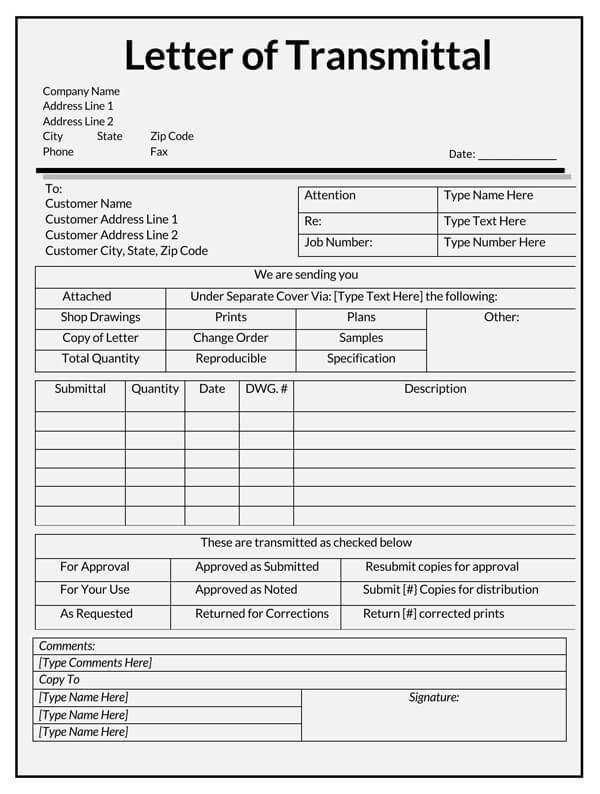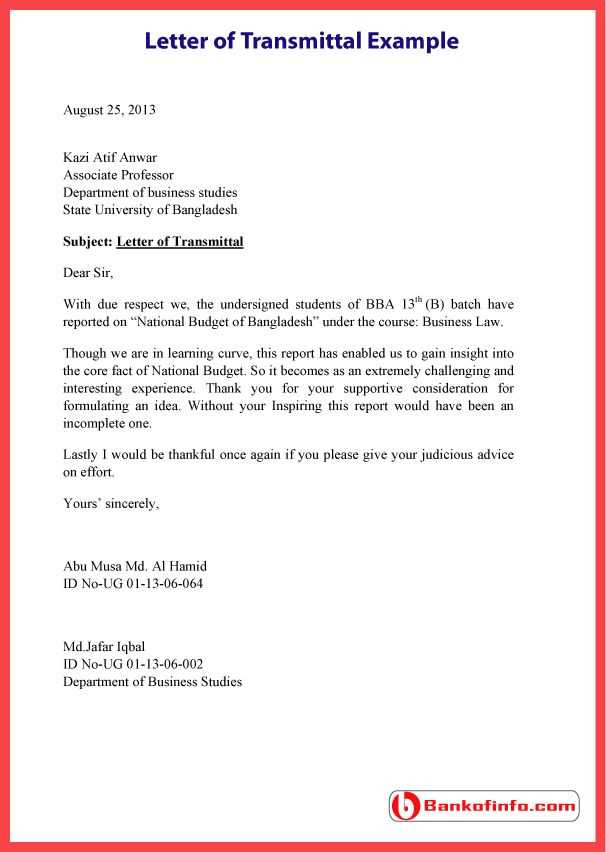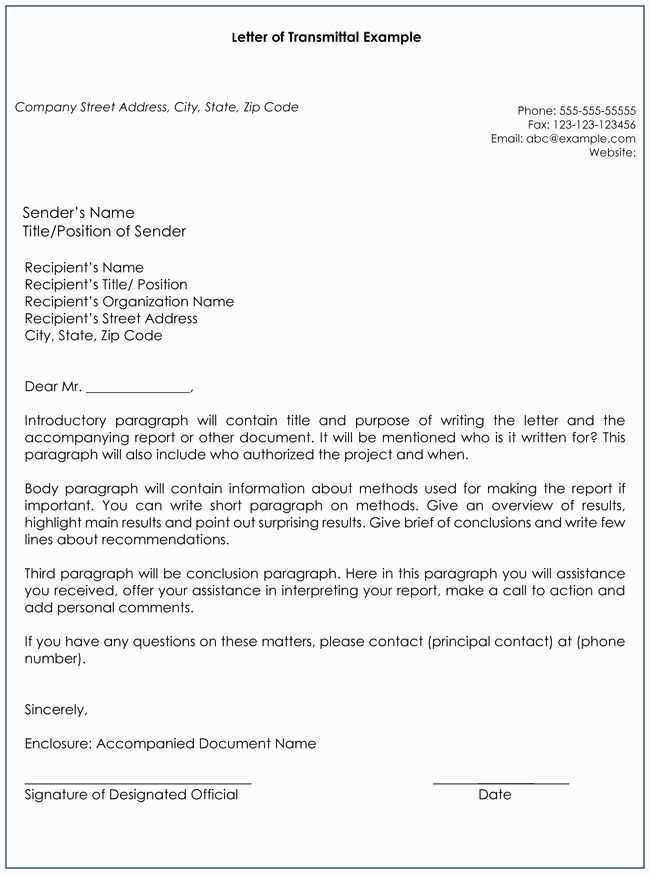Transmittal Letter Template for Easy Document Submission

When sending important documents to recipients, it’s essential to provide a brief introduction that outlines the contents and purpose of the package. This ensures clarity and fosters professionalism in business communication. Such a document is typically included when forwarding materials for review, approval, or action, making it an integral part of formal correspondence.
Purpose and Function
The main goal of this document is to serve as a cover note, providing the recipient with relevant details about the materials enclosed. It helps clarify the purpose of the submission, ensuring the receiver knows what to expect and what is required from them. Whether you are sending a report, contract, or other important documents, this simple communication tool facilitates smooth interaction between parties.
Why You Need This Document

Including a clear and concise message with your documents can help prevent confusion and streamline the process. It sets the stage for a proper review or action and ensures that all necessary information is provided upfront. A well-written note can also demonstrate attention to detail and professionalism, which is crucial in business relationships.
What to Include

- Sender’s Information: Include your name, company, and contact details.
- Recipient’s Information: Clearly state the person or department receiving the documents.
- Description of the Contents: Briefly describe what is enclosed, providing context where necessary.
- Purpose of the Submission: Mention the reason for sending the documents and any action required.
Formatting Tips for Clarity
Formatting plays a crucial role in making the document easy to read and professional. Use a formal tone and avoid cluttering the message with unnecessary details. Focus on the essentials and keep the structure organized.
- Use Clear and Direct Language: Avoid ambiguity and keep sentences simple.
- Organize Information Logically: Present the key points in a structured order.
- Proofread: Ensure there are no spelling or grammar mistakes before sending.
By following these guidelines, you can effectively communicate the purpose and contents of your submission while maintaining professionalism and efficiency in your business correspondence.
Professional Document Cover: Key Insights
When forwarding important materials to others, it’s vital to include a communication piece that clearly introduces and outlines the purpose of the contents. This communication tool sets the context for the recipient, ensuring they understand the relevance of the enclosed documents and what actions are expected. It serves as the first point of contact in formal exchanges, making it a crucial element in professional correspondence.
Understanding the Purpose
This document serves as an introductory note, offering essential details about the contents and the reason for sending them. It provides clarity to the recipient, ensuring they know what to expect and how to proceed with the materials. In many cases, it helps avoid confusion and facilitates timely processing of the materials.
How to Draft an Effective Document
To create an effective communication note, focus on brevity and clarity. Be direct in stating the purpose and avoid unnecessary details that could overwhelm the reader. Structure the message logically, starting with the most crucial information, such as the documents being sent and the required action.
Essential Components
The key elements of this communication piece include:
- Contact Information: Both sender and recipient should be clearly identified.
- Brief Description: A clear explanation of the contents enclosed and their significance.
- Actionable Instructions: If any action is needed from the recipient, state it plainly.
Common Mistakes to Avoid
Avoid the following errors to ensure your communication is effective:
- Ambiguity: Ensure the recipient knows exactly what to expect from the documents.
- Excessive Detail: Keep it concise and focused on the necessary points.
- Incorrect Formatting: Make sure the note is easy to read and free of grammatical errors.
Best Practices for a Clear Message

Keep your message simple and to the point. Focus on clarity and avoid using jargon or complicated language. Proofread the document before sending to ensure it accurately reflects the intended purpose and is free from errors.